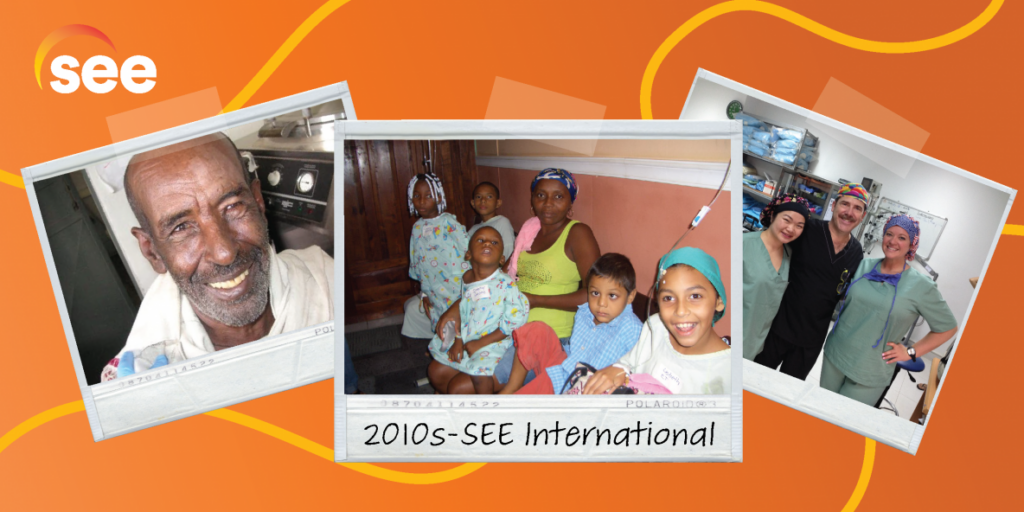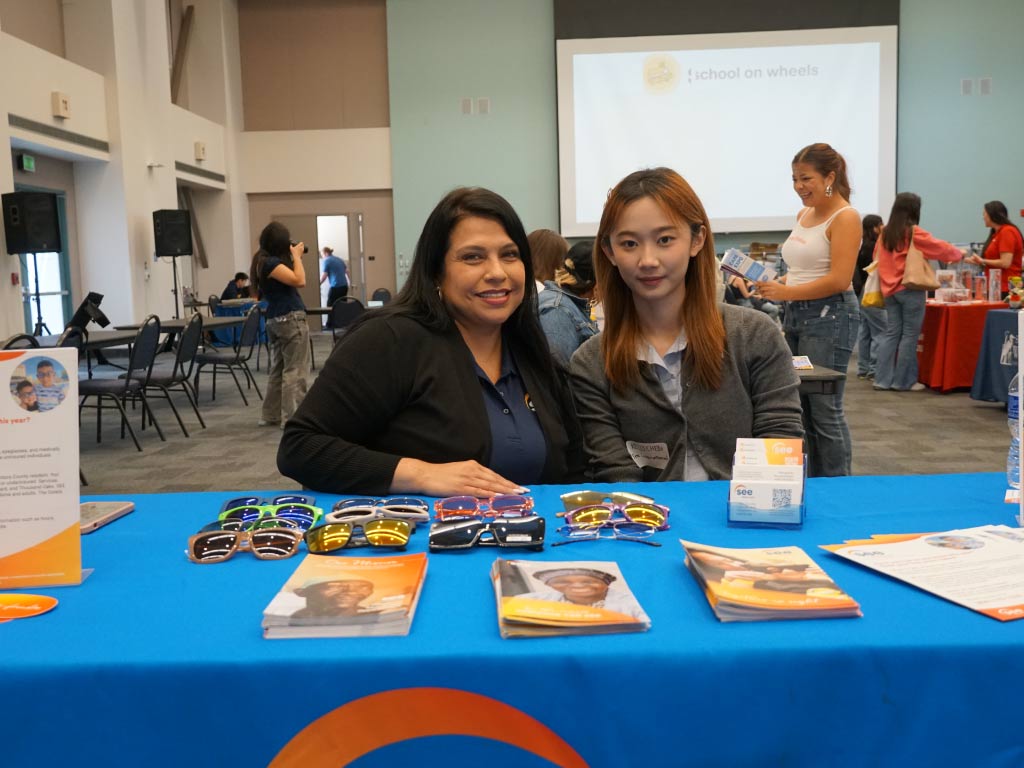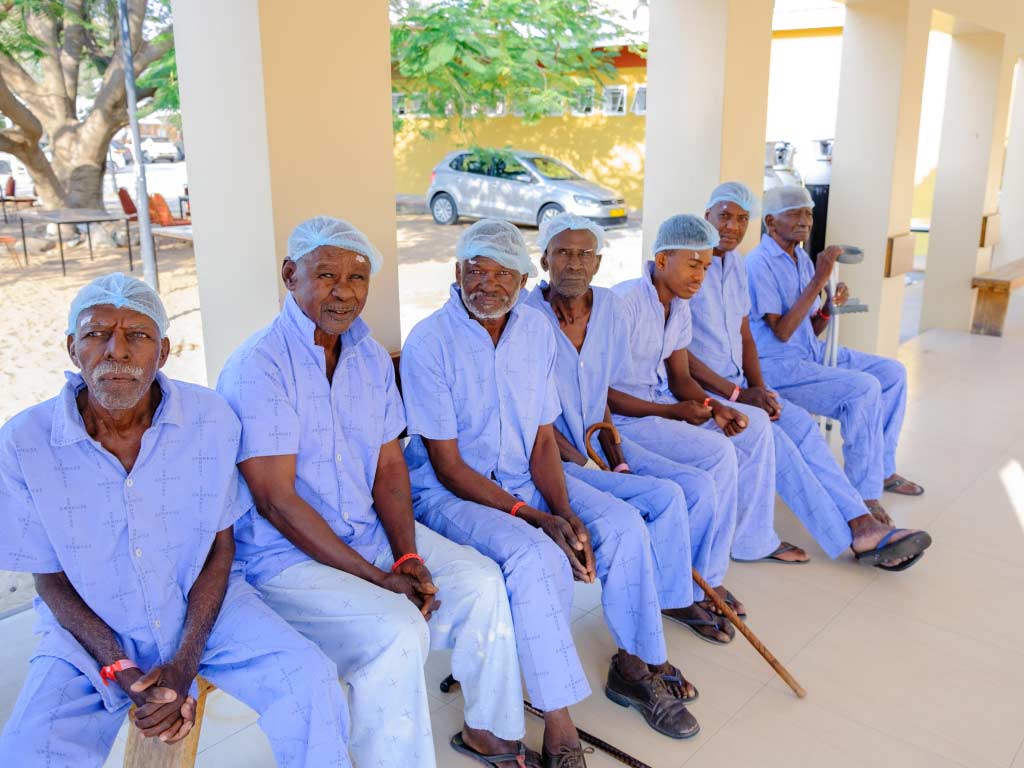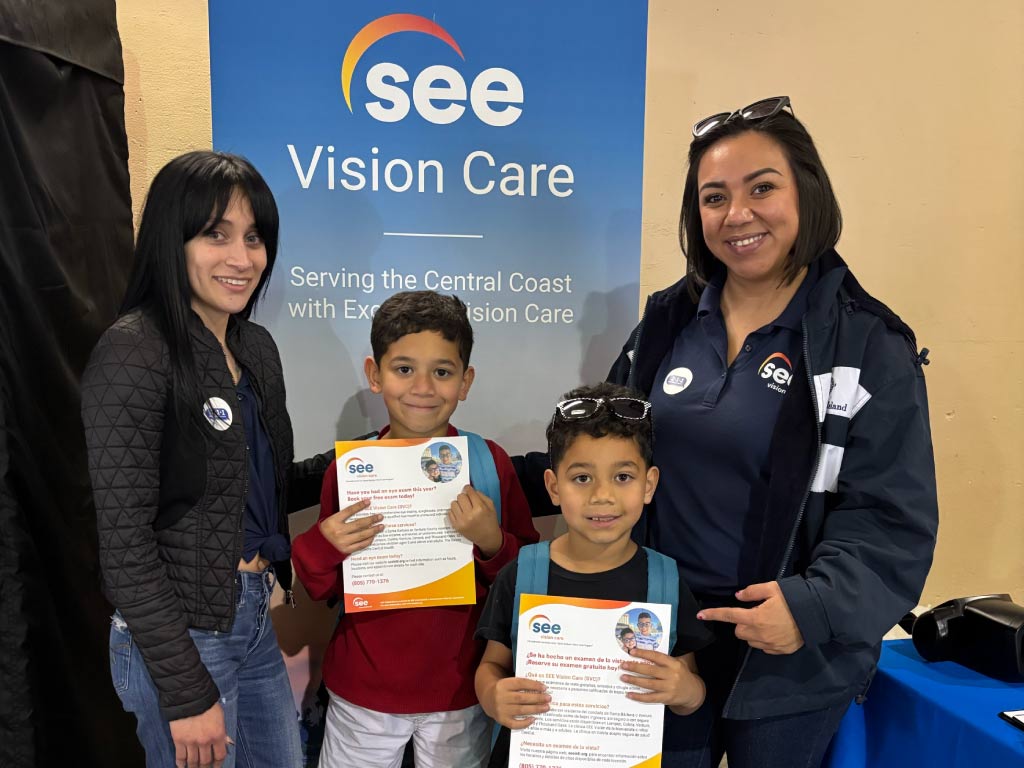In February of 2004, current SEE affiliate and volunteer ophthalmologist, Dr. Douglas Katsev, embarked on a mission with a team of medical volunteers to restore sight to patients in Savusavu, Fiji. In partnership with the Beeve Foundation for World Eye Care and Heath Inc., Dr. Katsev traveled alongside four other surgeons, Dr. Jerold E. Beeve, Dr. Scott Beeve, Dr. Jonathon Song, and Dr. Ray Pangilinan, with the shared mission of transforming lives with the gift of sight. Many additional organizations, some that SEE is still affiliated with today, donated medical supplies in support of the program, including Alcon Laboratories Inc., Allergan Inc., Bausch & Lomb, Johnson & Johnson/Ethicon, and Pfizer Inc. The program received further support from the University of Southern California Doheny Eye Bank and the San Diego Eye Bank, who both provided corneal tissue transplants.
During this seven-day program, the team performed four corneal transplants, 120 cataract surgeries, 20 pterygia operations, and seven strabismus operations. Among these many patients were three blind women, who all entered the clinic together with their walking sticks. Assuming the three women had met while waiting in line, the surgical team performed successful cataract surgeries on each of them. The following day, the team witnessed the three women crying tears of joy with their vision restored, marveling at the sight of one another’s smiling faces. It was then discovered that the women were actually sisters living in the same village, and that they had been unable to see each other for 10 years due to cataracts.
Other patients included a young 18-year-old boy with strabismus, a condition caused by nerve injury or dysfunction of the muscles controlling the eye that disallows the eyes from looking in the same direction at the same time. With a full schedule of patients waiting for cataract surgeries, the medical team determined that the boy’s condition was not urgent. Restricted by time, they had to tell the boy that he would have to come back next year, reluctantly turning him away. However, as the end of the program approached, Dr. Katsev and his team worked through longer hours to perform the boy’s surgery. Now able to look into the eyes of his doctors and nurses, the boy smiled happily at them in appreciation during his postoperative follow-up visit.
After a long and successful, mission, Dr. Katsev returned to the U.S. and told the story of his trip in the Humanitarian Report of the Cataract and Refractive Surgery News.
“Eye surgery in a developing country is overwhelming, challenging, frustrating, and above all else, tremendously rewarding,” he said, “The experience will leave you with great satisfaction and eager to do more.”
Through the dedicated efforts of our volunteer physicians and medical suppliers, this program and many other programs have successfully restored sight to thousands of individuals. We would like to thank each one of them for their contributions and generous support.
Learn about another decade of work:






